Advancements in Recycling Technologies
Technological innovations play a pivotal role in the Nuclear Waste Recycling Market. Recent advancements in recycling technologies, such as pyroprocessing and advanced separation techniques, enhance the efficiency and safety of waste management. These technologies allow for the extraction of usable isotopes from spent nuclear fuel, thereby reducing the volume of waste that requires long-term storage. The market is likely to benefit from ongoing research and development efforts, which could lead to more cost-effective and environmentally friendly recycling methods. As these technologies mature, they may facilitate broader acceptance and implementation of nuclear waste recycling initiatives.
Rising Awareness of Environmental Issues
Public awareness regarding environmental issues is a crucial driver for the Nuclear Waste Recycling Market. As communities become more informed about the long-term impacts of nuclear waste, there is a growing demand for effective recycling solutions. This heightened awareness is prompting stakeholders, including governments and private entities, to prioritize sustainable waste management practices. The market could see increased investment as a result of this shift in public perception, with more emphasis placed on recycling initiatives that align with environmental sustainability goals. Consequently, the industry may experience accelerated growth as it responds to these societal demands.
Regulatory Frameworks and Government Initiatives
The Nuclear Waste Recycling Market is significantly influenced by regulatory frameworks and government initiatives. Many countries are establishing policies that promote the recycling of nuclear waste as part of their energy strategies. For instance, regulatory bodies are increasingly recognizing the importance of recycling in achieving waste management goals. This regulatory support is likely to create a more favorable environment for investment in recycling technologies. Furthermore, government initiatives aimed at enhancing public safety and environmental protection may lead to increased funding for research and development in the recycling sector, thereby stimulating market growth.
International Collaboration and Knowledge Sharing
International collaboration is emerging as a vital driver in the Nuclear Waste Recycling Market. Countries are increasingly recognizing the benefits of sharing knowledge and best practices in nuclear waste management. Collaborative efforts can lead to the development of standardized recycling processes and technologies, which may enhance the overall efficiency of waste recycling initiatives. Additionally, partnerships between nations can facilitate joint research projects, pooling resources and expertise to tackle common challenges in nuclear waste recycling. This collaborative approach is likely to foster innovation and accelerate the adoption of effective recycling solutions across different regions.
Increasing Demand for Sustainable Energy Solutions
The Nuclear Waste Recycling Market is experiencing a surge in demand for sustainable energy solutions. As nations strive to reduce their carbon footprints, the recycling of nuclear waste emerges as a viable option. This process not only mitigates the environmental impact of nuclear waste but also contributes to energy security by recovering valuable materials. The market is projected to grow significantly, with estimates suggesting a compound annual growth rate of over 5% in the coming years. This growth is driven by the need for cleaner energy sources and the potential for recycling to provide a secondary supply of nuclear fuel, thereby enhancing the sustainability of nuclear energy.


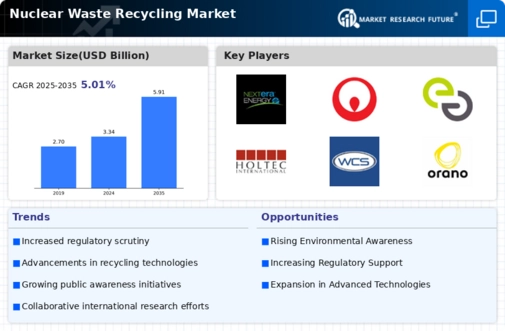
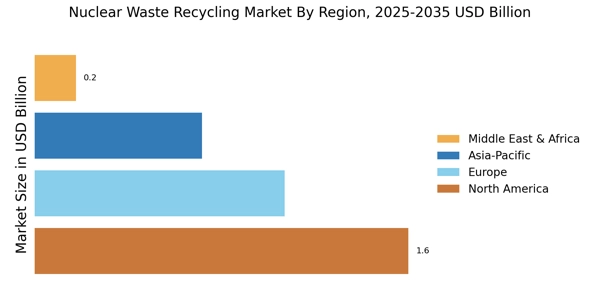
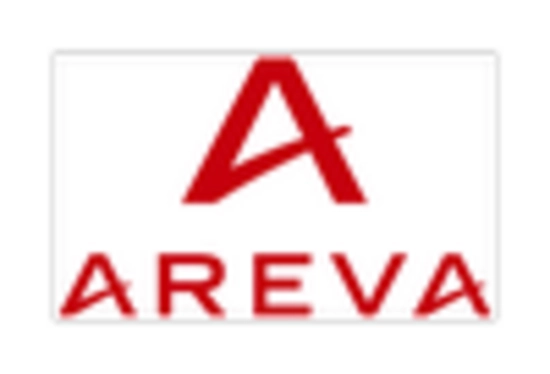
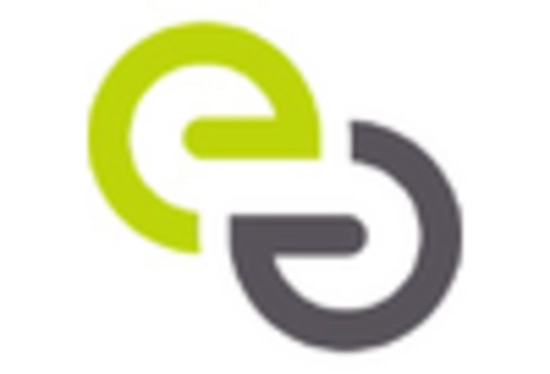
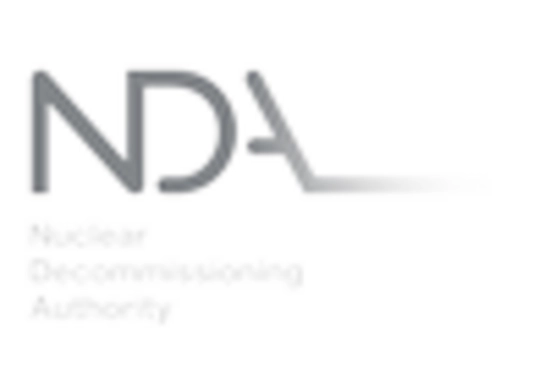
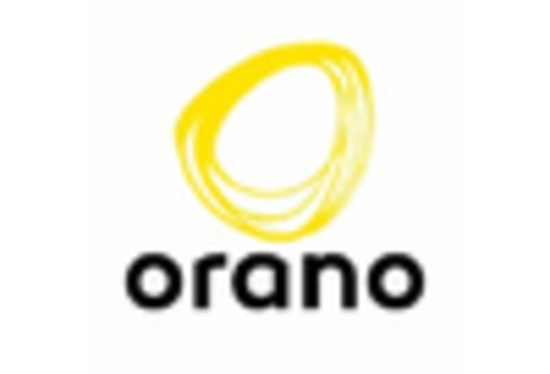
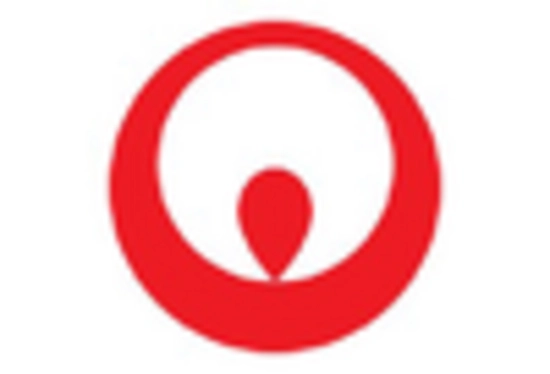









Leave a Comment